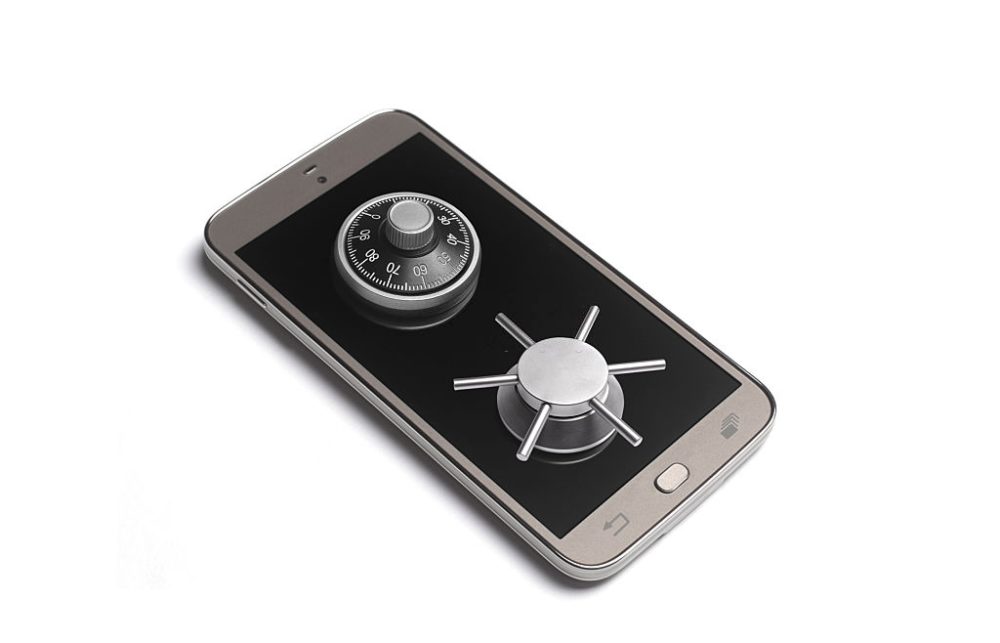Juice Jacking uses a charging station with malware loaded onto it by a hacker to gain unauthorized access to your device through its USB or micro-USB port. Generally speaking, this malware is a developing cybersecurity threat that mainly involves using the USB port to plug in malicious code or malware on an Android/ iOS device. It then uploads this malware to the targeted computer to remotely control the infected computer.
A Juice Jacking attack would install a working piece of malware on the victim’s system. Once the malware is loaded onto the computer system, it will show itself as a benign application. However, if you are not careful, it will immediately launch a series of malicious codes to try and gain remote access to your computer. The good thing is that these codes are easy to remove once detected. How long it takes to detect them is a whole other story.
Table of Contents
Juice Jacking Basics

Juice jacking isn’t all that common of a threat, but you can avoid using outside USB chargers to avoid being juice jacked. If you have no choice and need to use a USB charger other than your own, they have juice-jacking USB condoms to prevent data transfer when you are charging up.
Most people are unaware of this growing cyber attack and how it works, but here is the basic idea behind it. Hackers have discovered a weakness in the public charging stations that play a significant role in electric power distribution. These charging stations usually contain vulnerable/open-type USB ports. The primary purpose of these ports is to plug in USB devices like digital cameras, pens, and other electronic gadgets.
Due to the popularity of these charging stations, some manufacturers have tried to come up with ways to curb the juice jacking of devices. In short, they have failed and have left these devices vulnerable to attack by juice-jacking malware. Since the juice-jacking malware can bypass all security measures and gain access to the data and inner workings inside the device, once you plug in unprotected, you are pretty much screwed. Since most of these devices connect to the internet through these ports, juice jacking attacks are even more manageable, especially if the device is online while connected to the charging station.
Many people are confused when they hear the term “juice jacking.” The only way to prevent this is by using a USB data blocker, also known as a USB condom, and installing a reliable protection program on your computer or mobile device. There are different types of programs available in the market. Most of them are internet-based and work by preventing unauthorized access to the infected USB chargers.
How to Prevent Juice Jacking

As mentioned above, avoiding charging stations is the easiest way to prevent juice jacking. But if you use a charging station and don’t have a USB condom, you need to scan your device for malware immediately after charging.
It is advisable to scan your computer or other portable devices with the latest version of anti-malware before you plug into any USB charging station. Of course, prevention is always better than cure. Thus, it would help if you also took precautionary measures to prevent the usage of these chargers from unwanted sources. Most infections work by installing a Trojan on your computer or portable devices.
Hackers can gain access to your devices because of the weak security of these public charging stations. To avoid these attacks, it is important to avoid sharing public USB ports with other users. In the present scenario, most gadgets have been modified to perform tasks without problems. The modification includes removing software programs and drivers that the original manufacturers developed.
Another major issue related to these public charging stations is that cybercriminals can also use them to commit serious crimes like identity theft. These devices are also vulnerable to attack from the outside. Most malware developers develop these as an alternative to public USB ports. A lot of public USB ports have been hacked in different cities in the US.
Juice Jacking and Phishing

Juice jacking and phishing go hand in hand. It would be best if you were careful, alert, and diligent to avoid these scams.
Learning how to avoid getting juice jacked from cyber-attacks is very important for any business or personal computer using computers as a method of communication. Cyber-attacks are attacks by hackers who will use stolen credit card information to transfer charges to your account. You might have heard the term phishing, but what does it mean? This article will discuss phishing and why you should be very careful when responding to cyber attacks.
Phishing is a common term used by hackers for phishing attacks. It is when a hacker sends an unsolicited email that appears to be coming from an official-sounding source such as Visa, Mastercard, Paypal, your bank, etc. Typically, emails are sent out to a large number of people. You will be asked for your account’s password when you open the email. If you hand over your password, you may think you have made a mistake and continue to enter your account information repeatedly until you realize that you have been the victim of a phishing attack.
Phishing scams are a lot more advanced than typical email scams. When you receive an unsolicited email like the one stated above, you should consider reporting the email to your computer’s anti-virus program or IronScales. You can do this by right-clicking on the message, then choose “send to” from the menu that appears. Usually, this message should be sent to the spam or phishing mailbox. It is always best to seek immediate help from computer experts if your computer is infected with spyware, adware, or viruses.
You must be careful about what it says when you get an unsolicited email. Make sure that you read the message carefully before you respond. If it sounds too good to be true, it probably is. A phishing scam usually begins with a message claiming to be sent from a trusted source, asking for personal information such as your bank account number or credit card information. They may also claim that you will get a free gift, product, or service in exchange for your information.
To avoid becoming a victim of phishing scams, you should avoid opening email attachments, especially from suspicious senders. It is also recommended that you avoid clicking on any emailed links. Most phishing scams will include a link to a website that looks legitimate. If you get one of these scams, ignore it. However, if you are still unsure, you can call your credit card company or the cyber-criminals themselves if you’re brave.
To stop receiving spam and phishing emails, you need a solid security program like IronScales to monitor your email accounts. Learn how to protect yourself when you are online and offline. You can take several measures to avoid becoming a victim of juice jacking and phishing attacks. Common sense goes a long way. We also use a program called IronScales that scans every email and if one slips through that is suspicious, you can report it and get an answer in minutes about whether or not it is malicious.


Recent Comments